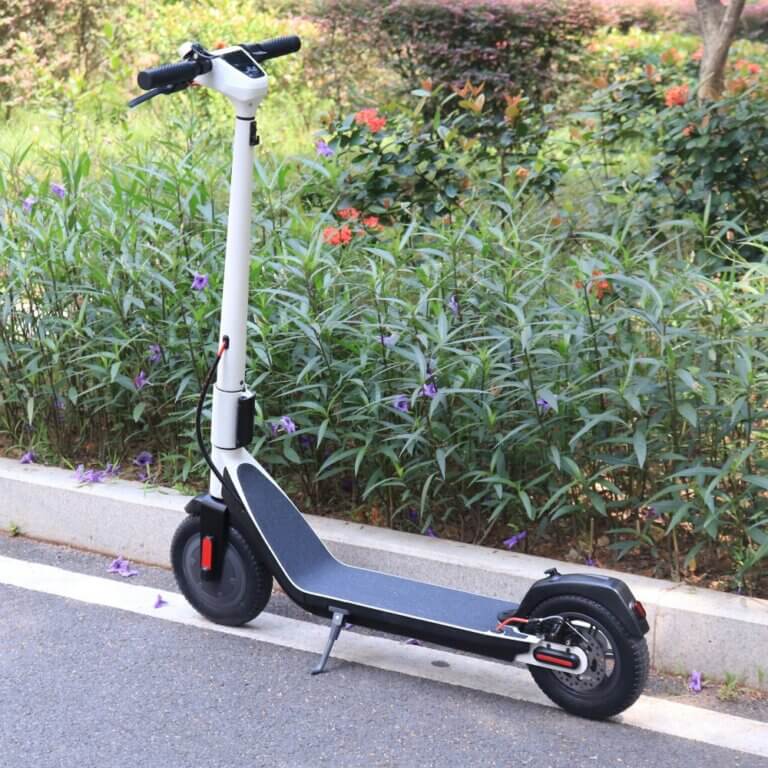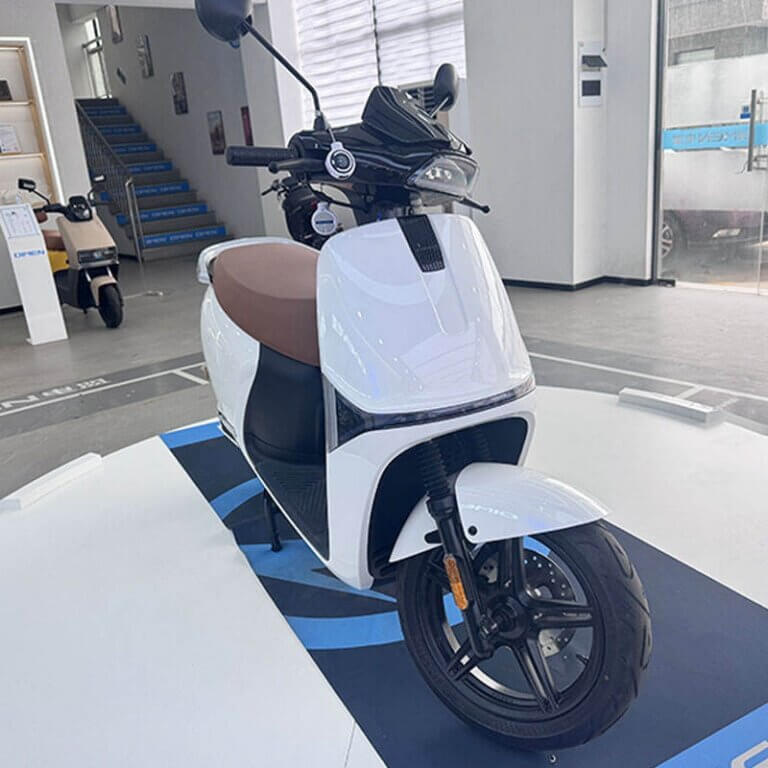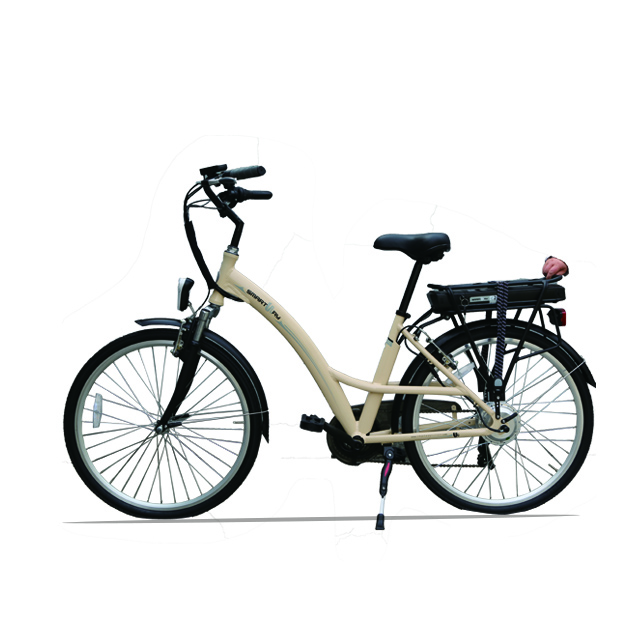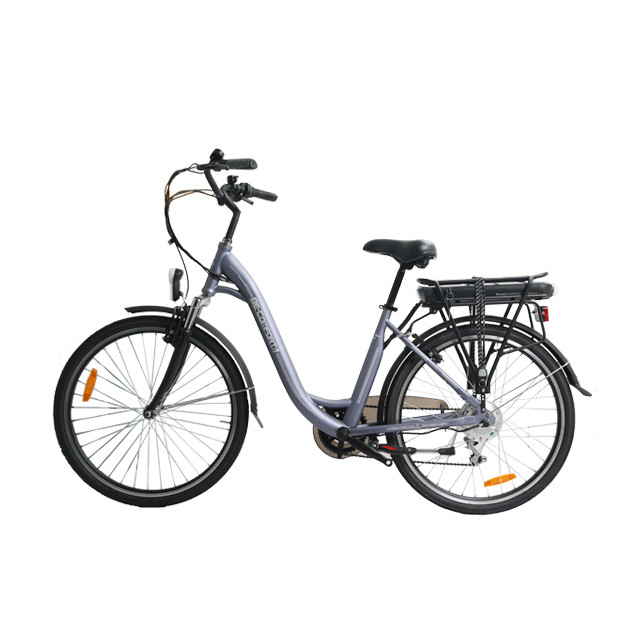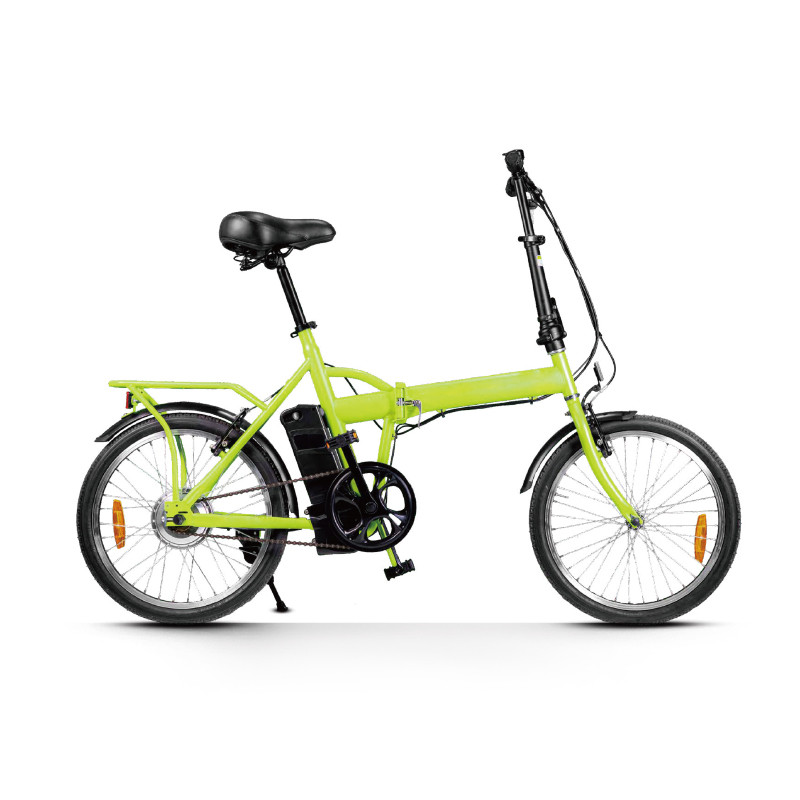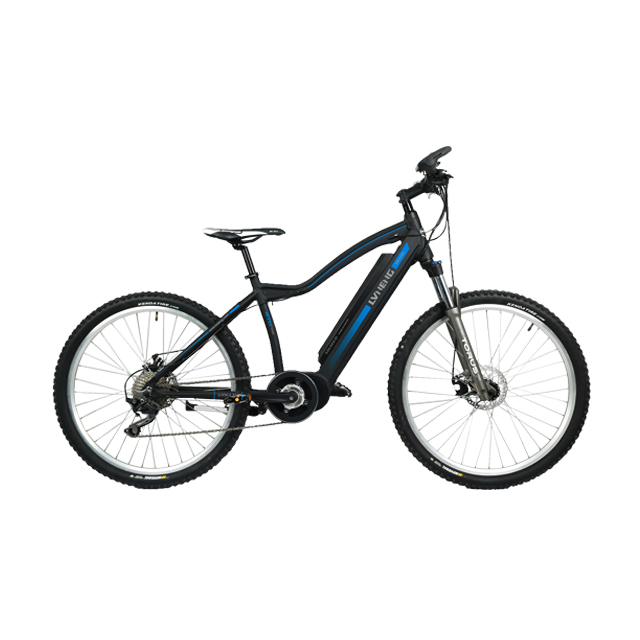-
414 Block B, ZT Times Plaza, Wuhan, Hubei, China
Blog
E-Bike Vs E-Scooter Vs E-Motorcycle – Which To Choose?
Summary
The article “E-Bike vs E-Scooter vs E-Motorcycle: Which to Choose” provides a comprehensive analysis of three popular electric vehicle options—e-bikes, e-scooters, and e-motorcycles—each designed to cater to specific transportation needs and user preferences. As urban mobility continues to evolve, these electric modes of transport have gained significant traction due to their potential to reduce traffic congestion and greenhouse gas emissions, aligning with global sustainability efforts.
E-bikes offer a versatile solution for commuting, exercise, and leisure, equipped with motors that assist riders while pedaling, thus enabling longer distances and a variety of terrains. Their health monitoring features, smart connectivity, and reduced environmental impact make them a notable choice for eco-conscious individuals seeking a balanced transportation option. E-scooters, on the other hand, are designed primarily for short urban trips, providing a portable and efficient means of navigating crowded streets, though they often face limitations in range and terrain adaptability compared to e-bikes.
E-motorcycles combine the performance characteristics of traditional motorcycles with electric efficiency, appealing to riders looking for high-speed travel and longer journeys. They are distinguished by their robust motors and lower operating costs, yet they also grapple with range limitations and regulatory challenges similar to their gasoline counterparts.
The comparative analysis of these electric vehicles raises important considerations regarding cost, functionality, and safety regulations. E-bikes typically range from $600 to over $10,000, e-scooters can be found between $200 and $1,500, while e-motorcycles can start around $7,000 and reach up to $50,000, highlighting a significant price disparity based on features and intended use. The evolving landscape of e-transportation continues to spark discussions around regulatory measures, safety concerns, and the overall impact of these vehicles on urban environments, making the choice between e-bikes, e-scooters, and e-motorcycles a nuanced decision for consumers.
Overview of E-Bikes
Electric bicycles, commonly known as e-bikes, are defined as light hybrid vehicles that integrate both human and electric power to enhance the cycling experience. They are equipped with a motor that assists the rider while pedaling, which makes them particularly appealing for urban commuting and recreational purposes. E-bikes have gained popularity due to their potential in reducing greenhouse gas emissions, aligning with the environmental goals set by numerous cities around the globe.
Features and Functionality
E-bikes are designed with various mechanical and electrical components that work together to provide a seamless riding experience. The electric components include a printed circuit board assembly (PCBA), which is essential for managing motor controls and battery operations. This infrastructure allows for smart connectivity and advanced safety features, enhancing the overall functionality of the bike.
There are different assistance methods employed in e-bikes, such as the constant power assist method and the proportion-assisted power method. The constant power assist provides the same level of support regardless of the rider’s effort or the terrain, while the proportion-assisted power method adjusts motor assistance based on the bike’s speed, making for a more adaptable riding experience.
Health and Smart Features
In addition to their transportation benefits, e-bikes are emerging as tools for health monitoring. Recent advancements involve the integration of sensors and artificial intelligence, which allow e-bikes to track riders’ health metrics, thereby promoting physical activity and helping users meet health recommendations. The data collected can be processed on the e-bike itself or transmitted to remote servers for analysis, making e-bikes not just a mode of transport but also a means of health engagement.
Versatility and Environmental Impact
E-bikes serve a versatile range of purposes, including exercise, commuting, and leisure activities. They are particularly noted for their cost-effectiveness and ability to replace car trips for short distances, thus contributing to lower carbon emissions. By enabling longer cycling ranges and accommodating various terrains, e-bikes encourage more people to choose cycling as a regular mode of transport. As a result, e-bikes have become a favored option for many users looking to balance convenience, physical activity, and environmental responsibility.
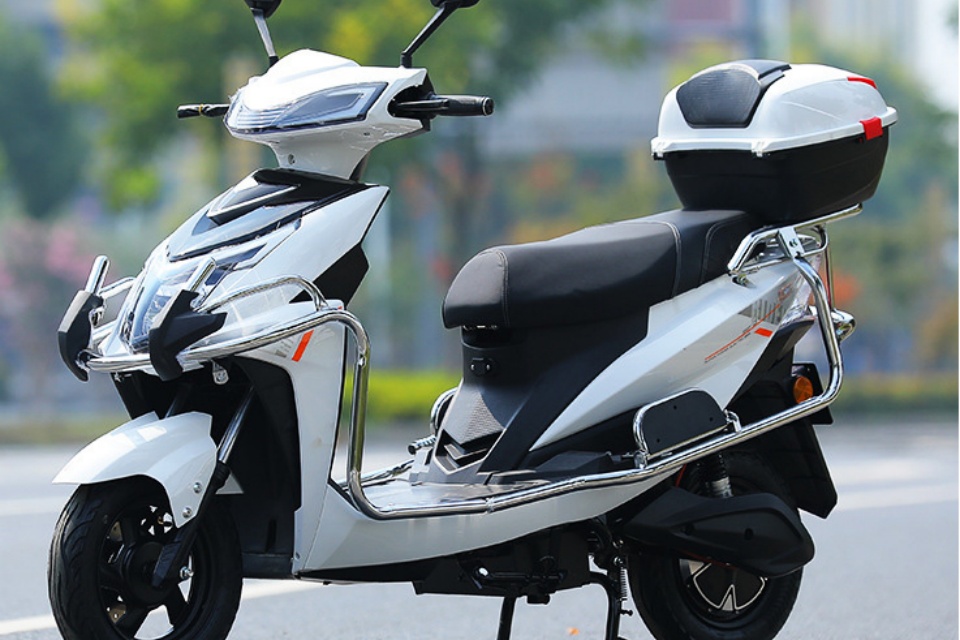
Overview of E-Scooters
Electric scooters, often referred to as e-scooters, are lightweight, battery-powered vehicles primarily designed for quick urban travel. They typically feature a step-through frame, allowing the rider to stand on a deck while holding onto a handlebar for balance. Unlike electric bicycles (e-bikes) or electric motorcycles, e-scooters are optimized for shorter distances, making them an ideal choice for commuters navigating busy city streets.
Design and Speed
E-scooters usually have a top speed ranging from 15 to 25 km/h, which suits their purpose of facilitating quick trips in urban environments. The design of e-scooters focuses on portability and maneuverability, allowing users to easily navigate through crowded areas. In contrast, e-bikes often reach speeds of 25 km/h or more, catering to those who may need to cover greater distances quickly.
Range and Power Source
While e-scooters are more portable, their small frames often limit their range. Most are powered by rechargeable lithium-ion batteries, which can result in a range that varies significantly depending on the model and usage conditions. Entry-level models generally provide ranges of about 15 to 40 km, while high-performance e-scooters can extend their range beyond 100 km with larger battery capacities. However, electric scooters suffer from range limitations compared to e-bikes and electric motorcycles, which can accommodate larger batteries.
Terrain and Versatility
E-scooters excel in flat urban settings but may struggle on uneven terrains, where e-bikes perform better due to their versatility and pedal-assist capabilities. The performance of e-scooters is heavily reliant on battery size and motor power, with higher-end models offering increased speed and range for those willing to invest more.
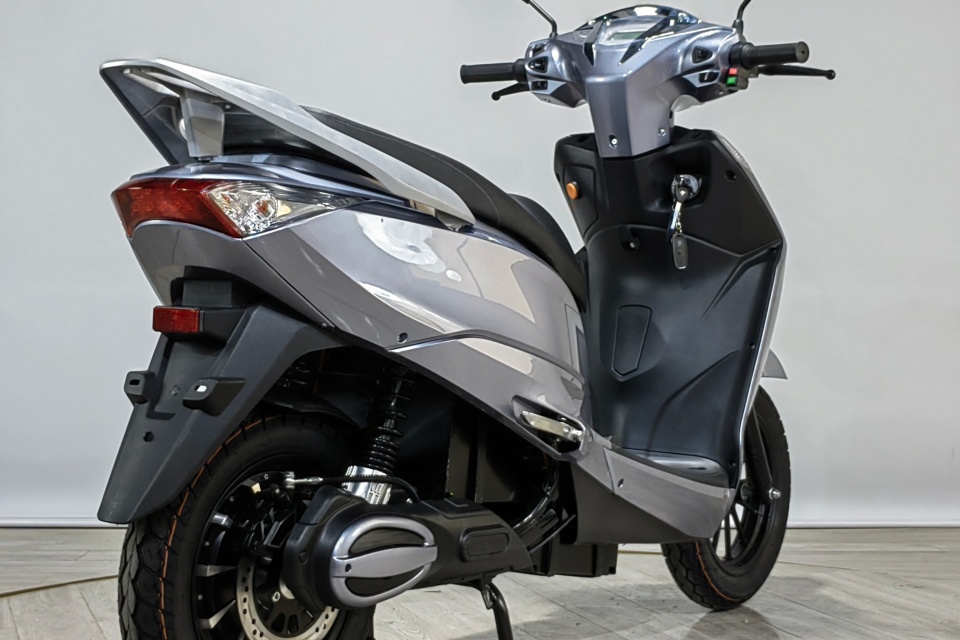
Overview of E-Motorcycles
E-motorcycles are an emerging category within the two-wheeled electric vehicle market, designed to offer a blend of traditional motorcycle performance and modern electric efficiency. With a design evolution that has occurred over the past decade, e-motorcycles utilize electric motors and batteries to provide an alternative to conventional gasoline-powered motorcycles, appealing to both eco-conscious riders and those seeking innovative technology in personal transportation.
Performance and Design
E-motorcycles generally feature robust electric motors that deliver impressive torque and acceleration, although they may not match the raw power of traditional motorcycles. A key aspect of their design includes considerations for weight balance, power generation, and thermal management. The placement of components such as the motor and battery must be optimized to ensure a comfortable ride while maintaining a low center of gravity for enhanced handling.
Advantages of E-Motorcycles
E-motorcycles offer several advantages over their gasoline counterparts:
Environmental Impact: They produce zero emissions during operation, making them a more environmentally friendly choice for transportation. Lower Operating Costs: The ongoing expenses associated with e-motorcycles are typically lower than those of traditional motorcycles. Charging costs are significantly less than refueling with gasoline, and maintenance requirements are reduced, often involving only basic checks and inspections. Regulatory Benefits: E-motorcycles are often subject to fewer regulatory hurdles compared to traditional motorcycles, making them more accessible in urban areas.
Limitations and Challenges
Despite their advantages, e-motorcycles face certain limitations:
Range and Charging: The energy density of current battery technology often results in shorter ranges compared to gasoline motorcycles. Riders may find themselves needing to plan for charging stops, especially on longer journeys. Weight and Heat Management: As the size of the motor increases for better performance, so does the heat generated, which requires effective cooling solutions to maintain optimal performance and prevent overheating.
Market Trends
The e-motorcycle market is evolving rapidly, driven by technological advancements in battery design and electric motor efficiency. Innovations such as powder metallurgy are being utilized to create more complex and efficient motor designs, enhancing performance and expanding the potential for electric vehicles in the transportation sector. The future of e-motorcycles appears promising, with growing interest from both manufacturers and consumers seeking sustainable and high-performance alternatives to traditional motorcycles.
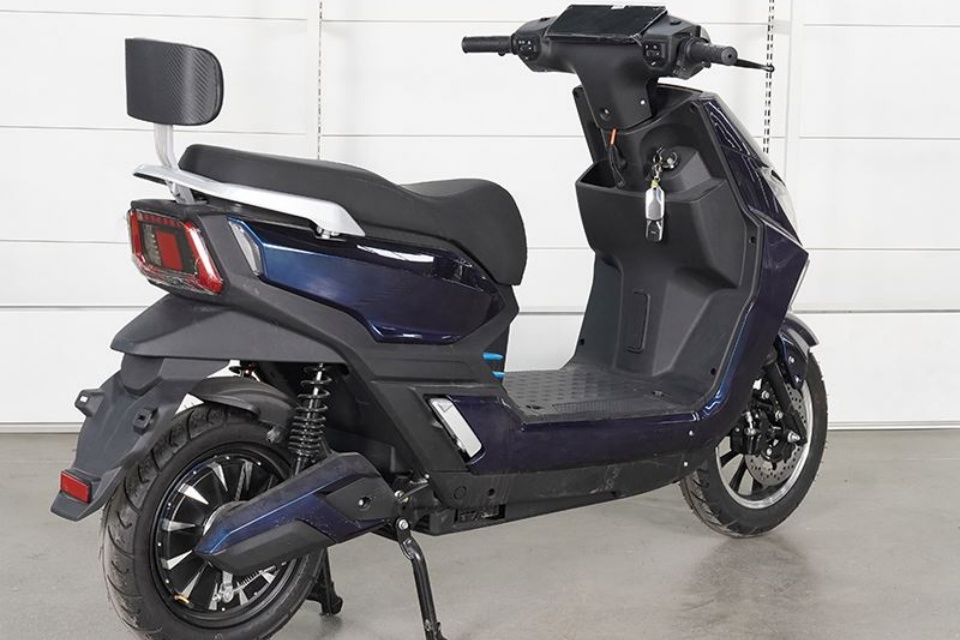
Comparative Analysis
Overview of Usage and Functionality
E-bikes, e-scooters, and e-motorcycles serve different purposes and cater to varied user needs. E-bikes are often viewed as versatile commuting solutions, enabling users to travel longer distances and tackle more challenging terrains due to their bicycle-like design and capabilities. They typically allow for a range of riding experiences, from casual cruising to more demanding trail rides, and are equipped for longer rides with capabilities that can include regenerative braking and high battery ranges. E-scooters, in contrast, are designed primarily for urban commuting, offering convenience for short trips and ease of use in dense city environments. They generally have a lower speed capacity and are often restricted to sidewalks or bike paths, making them suitable for quick jaunts rather than longer excursions.
E-motorcycles, while resembling traditional motorcycles, provide electric alternatives with capabilities suited for higher speeds and longer distances. They are more powerful than e-bikes and e-scooters, allowing riders to undertake longer journeys without the frequent need for recharging, which can be a limiting factor for e-bikes and e-scooters that typically have shorter ranges.
Cost Considerations
The price of these electric vehicles varies widely based on features and quality. E-bikes can start at around $600 for basic models, with higher-end options exceeding $10,000, reflecting their diverse range of functionalities and build quality. E-scooters typically range from $200 to $1,500, depending on their design and capabilities, making them an affordable option for short-distance travel. In contrast, e-motorcycles can be significantly more expensive, often ranging from $7,000 to $50,000, appealing to those seeking high performance and durability for longer trips.
Regulations and Safety Considerations
When it comes to safety and regulation, e-scooters often face stricter rules due to their higher incidence of accidents and potential for injury. Factors such as helmet use, alcohol consumption, and compliance with local traffic laws are crucial considerations for e-scooter users, as violations can lead to fines or confiscation of the vehicle. E-bikes generally share similar regulations with traditional bicycles, which may include mandatory helmet usage in certain areas, while e-motorcycles are subject to more stringent licensing and registration requirements akin to conventional motorcycles.




